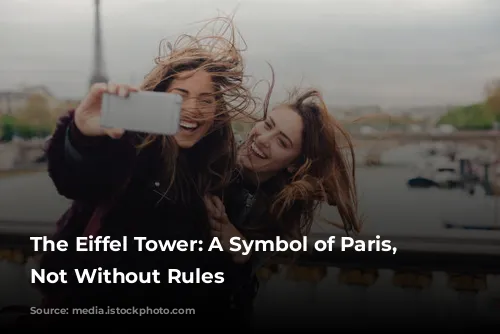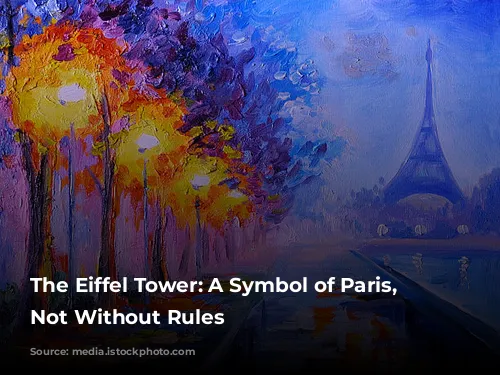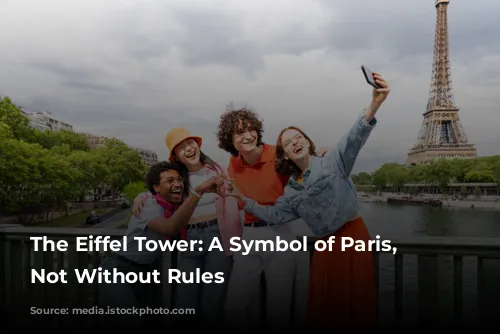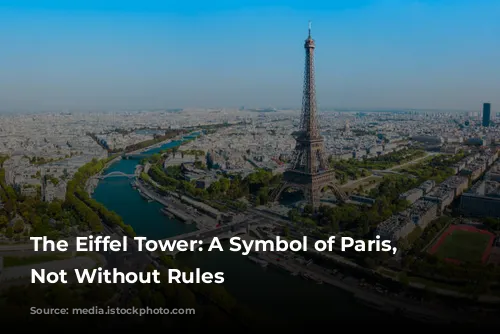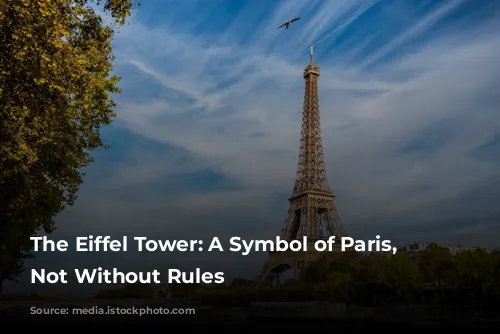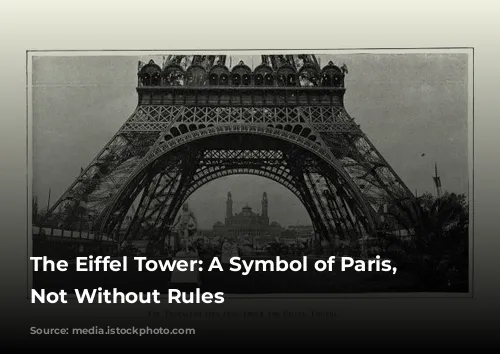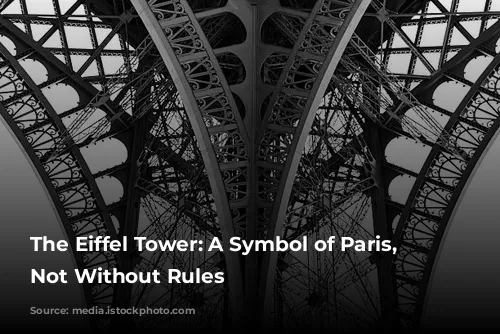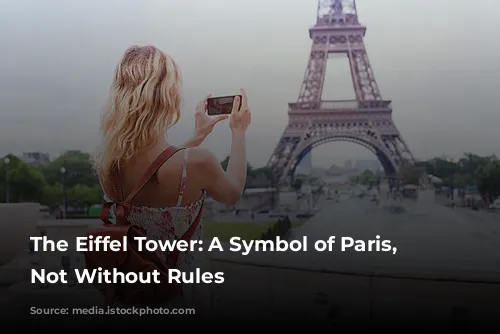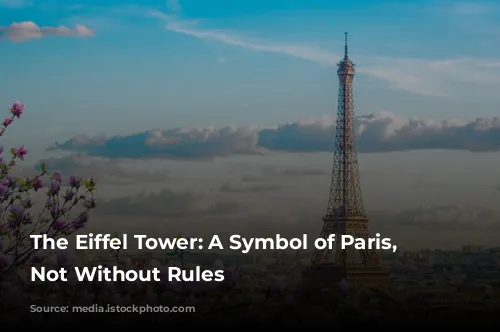The Eiffel Tower, a true icon of Paris and France, holds a captivating allure for many. Artists, filmmakers, and photographers alike are drawn to its majestic beauty, eager to capture its essence through their creative endeavors. Its image graces countless products, serving as a powerful reminder of the magic it embodies.
But behind its iconic status lies a set of guidelines and regulations that govern the use of its image.
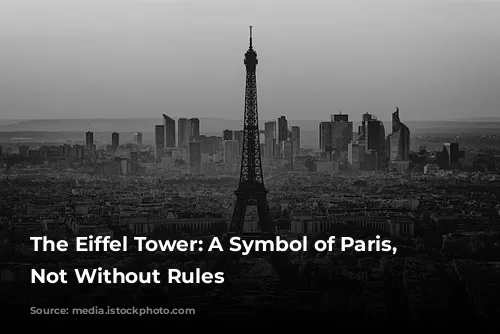
Filming at the Eiffel Tower: Opportunities and Guidelines
The Eiffel Tower offers unique filming opportunities, allowing filmmakers to capture stunning views of Paris from different vantage points. The two floors of the tower provide adjustable viewing heights (57 meters or 116 meters), while various spaces, including the forecourt, floors, and restricted areas, are available for filming.
The Eiffel Tower team carefully evaluates each project, ensuring that the technical and artistic requirements align with the monument’s specifications. The rates for filming services are determined on a case-by-case basis, ensuring fairness and transparency.
Nighttime filming requires special consideration as the Tower’s illuminations are protected by image rights.
For journalists reporting on the Eiffel Tower or its related events, several possibilities exist:
- Daytime and nighttime filming are generally permitted, prioritizing locations away from public areas to minimize disruption.
- A dedicated service lift, with dimensions suitable for equipment and personnel, connects the ground level to the second floor.
- Comprehensive technical and safety regulations are reviewed during a preparation stage, addressing electrical requirements, production control, and access for teams and equipment.
- Extension of illumination time is possible on a case-by-case basis.
- Parking is available on Avenue Gustave Eiffel for unloading purposes, but vehicles must be moved promptly after unloading.
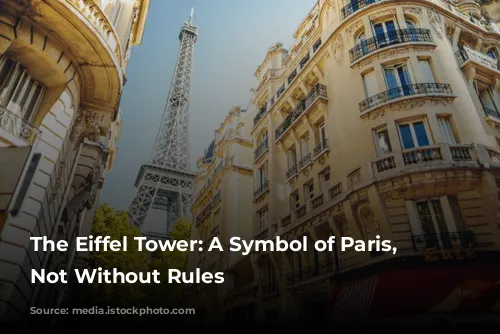
Image Rights: Daytime vs. Nighttime
The Eiffel Tower’s image during daylight falls within the public domain, meaning it can be reproduced without prior authorization from the SETE (the managing company of the Eiffel Tower’s image on behalf of the Mairie de Paris).
However, the various illuminations of the Eiffel Tower (golden illumination, twinkling, beacon, and event lighting) are protected. Using the image of the Eiffel Tower at night requires prior authorization from the SETE. This use is subject to a fee determined by factors such as intended use and media plan.
Private individuals can capture images of the Eiffel Tower for personal use without prior agreement. However, professionals must contact the SETE to obtain information about the conditions governing the use of images.
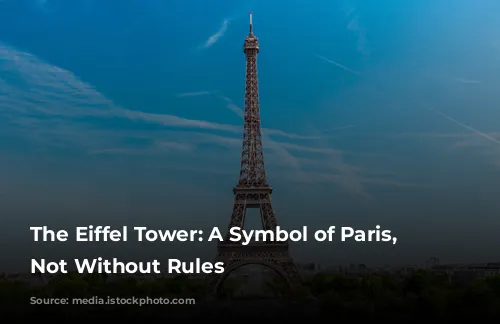
“The Eiffel Tower” Trademark: Protecting Its Brand
The phrase “The Eiffel Tower” is a registered trademark, protected by trademark rights.
Using this reference on products requires negotiation of a licensing agreement, examined on a case-by-case basis.
If you have questions about using the Eiffel Tower brand, please reach out to the SETE for guidance.
Remember, while the Eiffel Tower welcomes the world to experience its magnificence, respecting its guidelines ensures the preservation of its legacy and the enjoyment of its beauty for generations to come.
